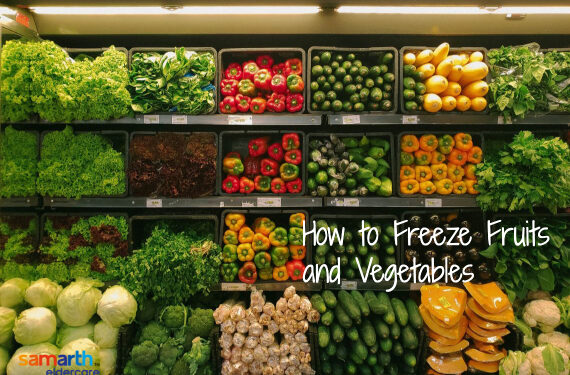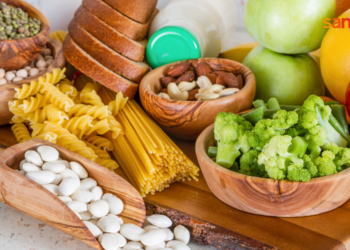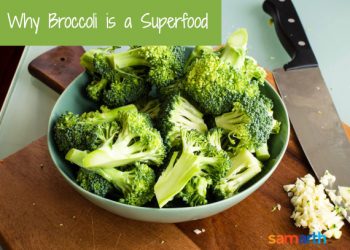Fruits and veggies can be frozen for later use without using any preservatives. This is a good way of storing fruits and veggies, especially if you want to use unseasonal fruits and veggies. It could be to eat these when they are not available, or if you have in abundance and do not want it to waste them. These are unthawed and used either to eat or in baking and cooking. Of course, when you unthaw these, they may be a bit mushy and shapeless; however, the taste is unaffected. And to top it all, it’s easy to do this and you don’t need to follow any special process. Let’s see how to go about it.
- Prepare the produce
Whichever fruits and veggies you want to freeze, wash them thoroughly and dry them. Then, you need to peel (if applicable) and slice them just as you would when you want to use them. Create even pieces and arrange neatly in a single layer on a baking tray or sheet. For veggies like corn, peas, beans, etc. you can blanch in hot water as you cannot slice them. Blanched veggies need to be cooled with ice cold water before laying them out. Blanching helps remove harmful microorganisms and also prevents discoloration and loss of nutrients. For smaller fruits like berries and cherries, you need not slice them. Just wash, dry and arrange on the tray. For fruits like apples and peaches that discolour fast after cutting, you could keep them dipped in an ascorbic acid solution before freezing.
Note: Take care to use fresh, ripe fruits with a firm texture and use only unblemished produce. Overripe produces are not good for freezing. Some veggies that should not be frozen are lettuce, cabbage, celery, cucumbers, radishes, capsicum, and potatoes. In fruits, citrus fruits, melons, tomatoes, avocado, and grapes.

Join Now >
- Freeze the produce
Once your tray with fruits and veggies is ready, lay it in the freezer for a day or two till it freezes rock solid. Once done, take out the tray, neatly arrange the slices in a freezer bag or zip lock bag. Take care to leave little air as possible and stuff the slices in neatly and zip it up. Now label these packs with the dates so you can decide on when to use it. Most frozen fruits last well easily up to four months or so. Keep checking to see if too many ice crystals (freezer burn) have been formed. The pack contents needs to be used in such cases. If you have too many frozen packs, also write the names of the slices as with time, it may become difficult to make out what it is and also makes it easier to find. Set the freezer temperature to 0 degrees F or lesser for best preservation a few hours before you put the produce in. Make sure the freezer is three-fourths occupied and stuffed full. Add frozen food in batches and don’t add everything in one shot. So, plan your freezing across a few days, if you have too much produce.
Note: Ensuring airtight containers is very essential to make sure air doesn’t get to it and its moisture remains inside.
- How to use frozen produce?
The frozen veggies can mostly be used directly while cooking just like how we use frozen peas from the supermarket. You may allow them to thaw just a little bit at room temperature if required. Fruit slices will lose shape, when thawed and become a bit mushy. Hence, you could use them directly for baking, smoothies, and toppings.
Other options
Some fruits and veggies are preserved better by sun-drying them. For example, grapes, figs, apricots, pears, dates, etc. can be sundried for use later. Sun-dried veggies are commonly used in cooking in many South Indian homes. For example, vatha kulambu or Kuzhambu, a Tamilian curry is prepared using sun-dried veggies. Cluster beans, green chillies, lady’s finger, brinjal, raw mango slices, gooseberries, chundakaya or Turkey berries, etc. are commonly preserved this way. Methi and curry leaves too can be preserved through the sun drying method. Some others are brined and pickled in the traditional Indian way with salt and applicable spices for long-term preservation.










